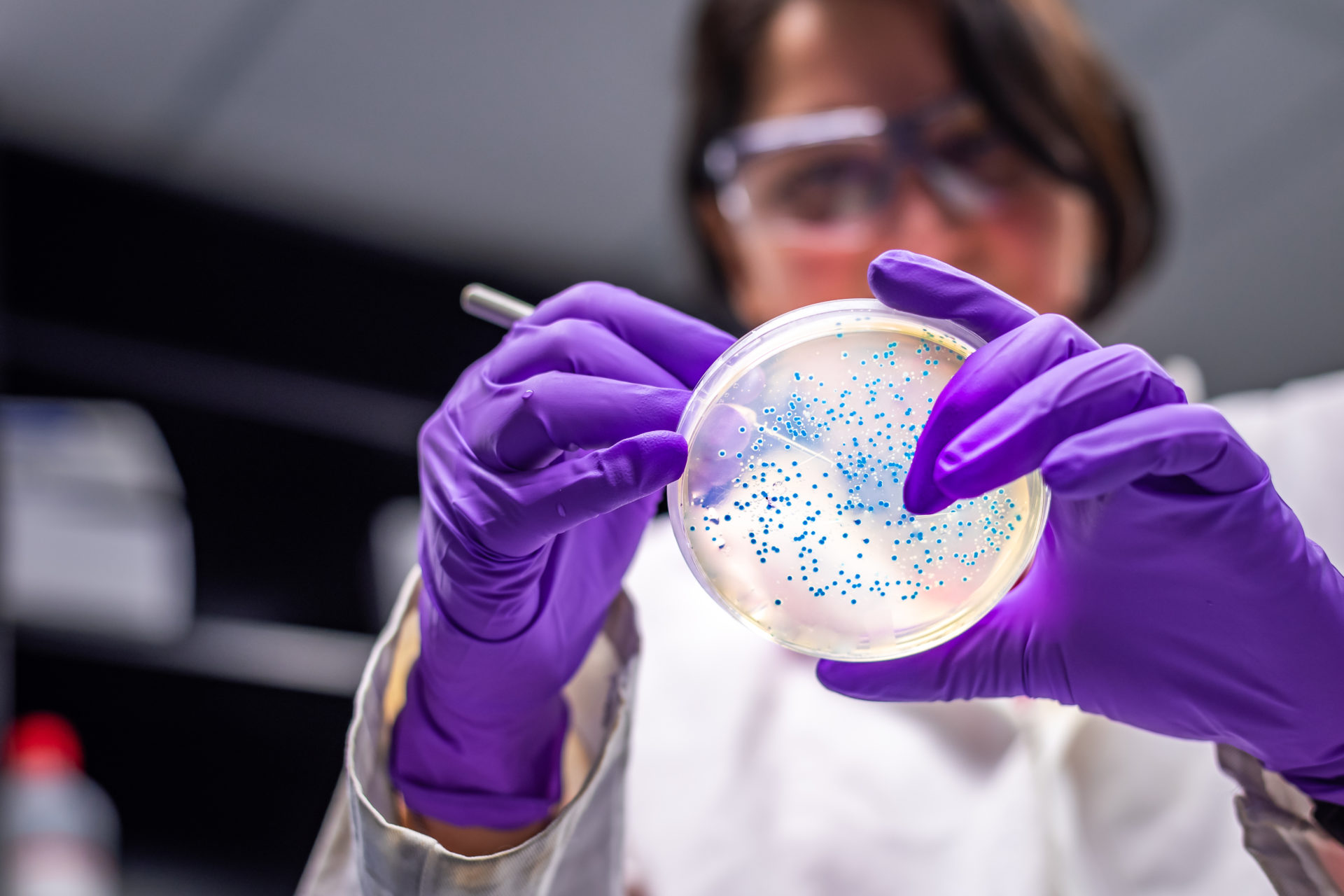Critical or intensive care medicine is the subspecialty of internal medicine that provides life-saving medical attention to extremely ill patients who require intensive monitoring and life support care. This specialty needs professionals to be proficient in performing an array of medical tests. It also requires individuals to be strong communicators as they will need to connect with the families of their patients under uncertain, often challenging circumstances.
Those who practice critical care are referred to as critical care specialists or intensivists. This individual usually works with an interdisciplinary team of medical professionals, as cases can be connected to a variety of medical specialties. At times, critical care professionals may find themselves providing a more consultative role. Hours of these essential professionals vary greatly, and a majority of them are spent in the hospital setting.
Residency
To become a critical care specialist, an individual will need to complete medical school, a medical residency, and then a fellowship. The details of this path will vary based on the interests of the individual.
After medical school, an individual can choose to complete their residency in either anesthesiology, emergency medicine, internal medicine, pediatrics, or surgery. When deciding what specialty to apply for residency in, international medical graduates may want to consider which specialties offer the most seats and what percentage of individuals in them are IMGs. The following chart houses residency data for the 2018-2019 year as collected by the Accreditation Council for Graduate Medical Education.
|
Specialty |
Total Residents (#) |
IMG Residents (#) |
IMG Residents (%) |
|
Anesthesiology |
6,507 |
854 |
13.1 |
|
Emergency Medicine |
7,940 |
380 |
4.8 |
|
Internal Medicine |
28,420 |
11,051 |
38.9 |
|
Pediatrics |
9,221 |
1,819 |
19.7 |
|
Surgery |
8,844 |
1,414 |
16 |
Taking the above data into consideration, IMGs may elect to pursue a residency in internal medicine or pediatrics as there may be a higher likelihood of them matching into these areas. Trends presented during the 2018-2019 school year are in line with trends than seen in years previous.
Upon completion of residency, an individual will need to participate in a fellowship in critical care. The length of this fellowship is dependent on the specialty of residency completed. Critical care fellowships can be as short as one year and as long as three.
Practicing as a Physician
It’s estimated there are somewhere between 20,000 and 25,000 intensivists practicing in the U.S. today. As of 2018, the average critical care specialist made $350,400 annually, a number that has continued to increase over the last decade. According to one source, foreign critical care specialists made up to $50,000 more than their U.S.-trained counterparts each year.
While working in an ICU can be relatively stressful and make individuals subject to burnout, many critical care specialists report they enjoy their job. Roughly 80% of these individuals said if they had the chance to choose a new medical specialty, they would stick with critical care medicine.
Critical Care Today
In some areas of the U.S., two-thirds of patients receiving care in the ICU setting have COVID-19. During life-threatening epidemics like COVID-19, critical care specialists are essential in the fight. Like ventilators and personal protective equipment, physicians are in short supply and, therefore, extremely valuable.
Their job task at this time is difficult. Without the proper protective equipment, these professionals put themselves at risk for contracting COVID-19 as they assess a patient’s vital signs and ensure they are not experiencing any severe COVID-19 related complications.
For COVID-19 patients in the ICU, there is a 48% chance of death. Internists have the job of vocalizing this to a patient and their family members. This is extraordinarily difficult during this time, as removing patients from ventilators can seem premature. But, with ventilators in short supply, decisions must be made quickly.
Interested in seeing what the specialty of critical care is like?







Leave A Comment